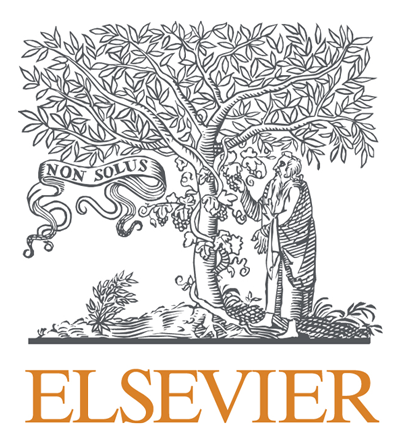Analysis of the Leadership in Energy and Environmental Design (LEED) Rating System: The Impact of Sustainability Standards in Development
Topics:
Keywords: energy efficiency, LEED, urban design, sustainability, sustainable development
Abstract Type: Poster Abstract
Authors:
Jamie Rule, University of Texas - Austin
,
,
,
,
,
,
,
,
,
Abstract
The Leadership in Energy and Environmental Design (LEED) Rating System, developed by the United States Green Building Council (USGBC) has quickly become the world’s leading rating system on quantifying building efficiency and sustainability. While sustainable development and construction are steps in the right direction to mitigate anthropogenic climate change, it is critical to identify potential improvements before even larger-scale adoption occurs. UT Austin’s Energy Index Value (EUI) was used to compare efficiencies of LEED-certified buildings to non-certified buildings, which showed that LEED-certification is more multifaceted than energy consumption. On average, UT Austin’s LEED-certified buildings do not have lower EUI values and instead should be evaluated with individual building functions, values, and use in mind. Due to its flexibility in certification criteria, LEED should create more subcategories and distinctions within the general four-tier ranking system currently established. LEED is a useful rating system to identify sustainable development in the seven designated categories. However, an additional ranking system that focuses strictly on CO2 emissions and energy efficiency may be more beneficial in mitigating the most urgent issue facing sustainable development of urban landscapes.
Analysis of the Leadership in Energy and Environmental Design (LEED) Rating System: The Impact of Sustainability Standards in Development
Category
Poster Abstract









